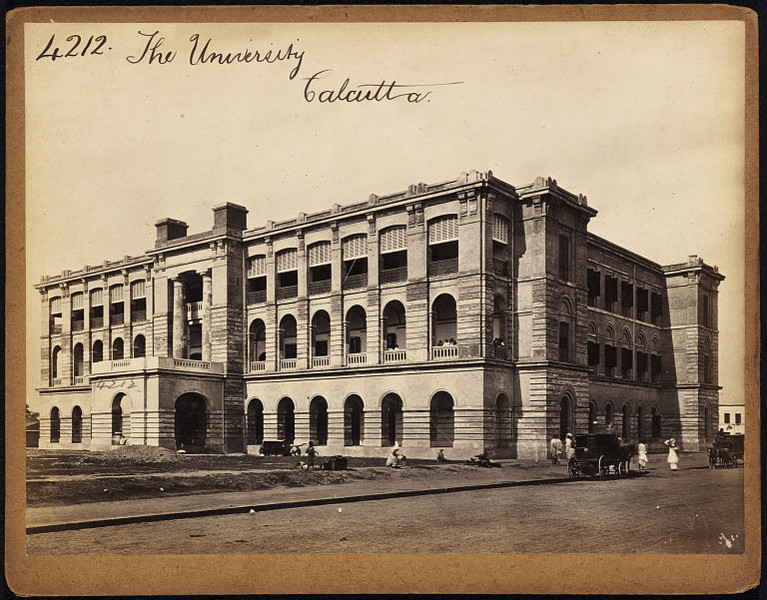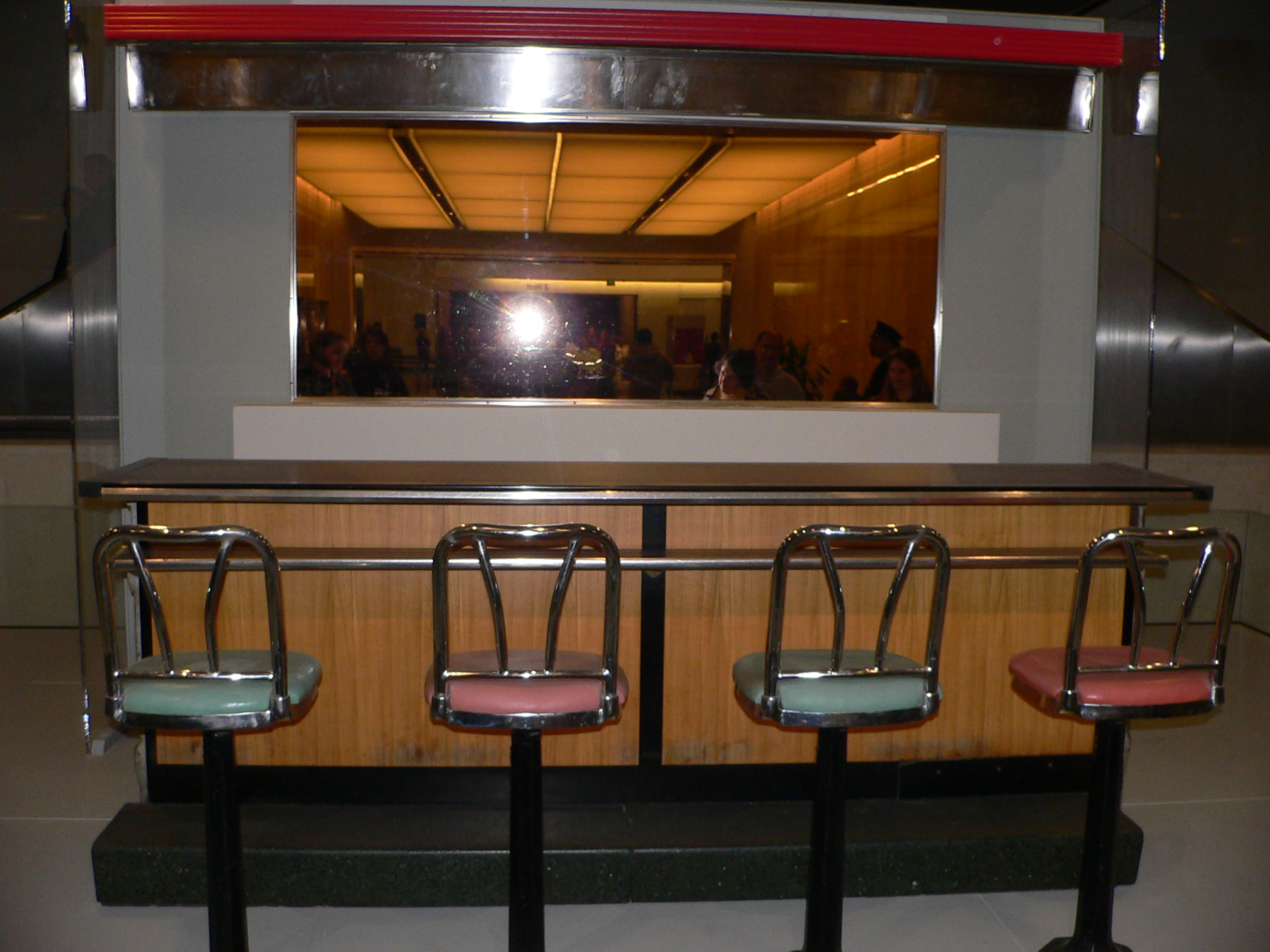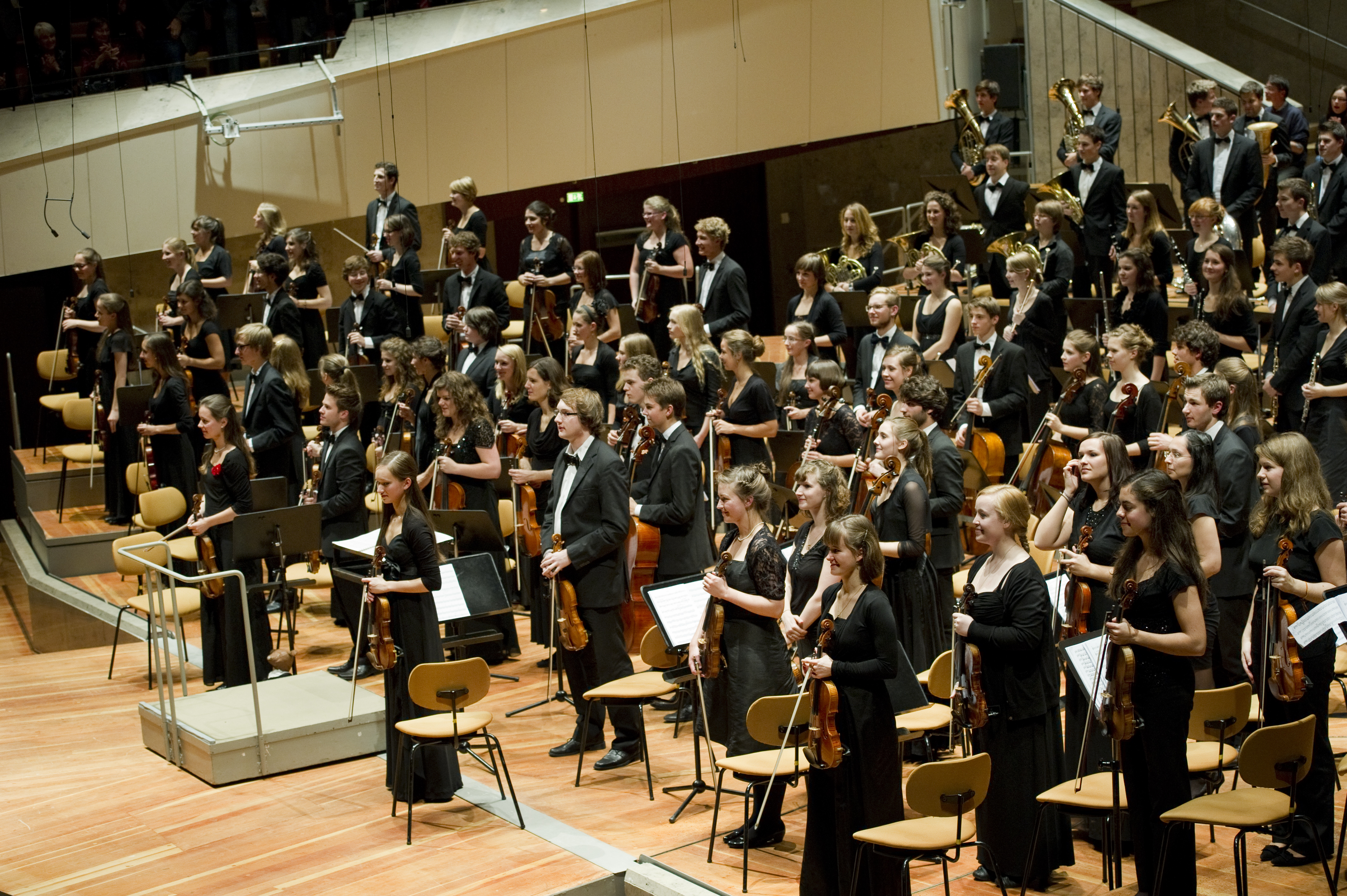|
Indira Devi Chaudhurani
Indira Devi Chaudhurani (29 December 1873 – 12 August 1960) was an Indian literary figure, author and musician. Born to the Tagore family, Indira was the younger child of Satyendranath Tagore and Jnanadanandini Devi and younger sister of Surendranath Tagore. She is noted for her work in scoring the music for a number of songs by her uncle Rabindranath, with whom she was particularly close. Indira Devi Chaudhurani died in 1960. Biography Indira Devi was born on 29 December 1873 to Satyendranath Tagore and Jnanadanandini Devi in 1873, at Bijapur. She spent her childhood in England, in Brighton where her family owned the ''Medina Villas''. At this time she and her brother Surendranath came to be very close to her uncle Rabindranath who joined them a year later, and the brother and sister were said to have been the favourite of among the poet's nephews and nieces, and the author's letters to Indira were later published as ''Chinnapatra''. Her early education was in India, at ... [...More Info...] [...Related Items...] OR: [Wikipedia] [Google] [Baidu] |
Calcutta
Kolkata, also known as Calcutta (List of renamed places in India#West Bengal, its official name until 2001), is the capital and largest city of the Indian States and union territories of India, state of West Bengal. It lies on the eastern bank of the Hooghly River, west of the border with Bangladesh. It is the primary Financial centre, financial and Commercial area, commercial centre of Eastern India, eastern and Northeast India, northeastern India. Kolkata is the list of cities in India by population, seventh most populous city in India with an estimated city proper population of 4.5 million (0.45 crore) while its metropolitan region Kolkata Metropolitan Area is the List of million-plus agglomerations in India, third most populous metropolitan region of India with a metro population of over 15 million (1.5 crore). Kolkata is regarded by many sources as the cultural capital of India and a historically and culturally significant city in the historic Bengal, region of ... [...More Info...] [...Related Items...] OR: [Wikipedia] [Google] [Baidu] |
Calcutta University
The University of Calcutta, informally known as Calcutta University (), is a Public university, public State university (India), state university located in Kolkata, Calcutta (Kolkata), West Bengal, India. It has 151 affiliated undergraduate colleges and 16 institutes in Kolkata and nearby areas. It was established on 24 January 1857 and is the oldest multidisciplinary university of Indian Subcontinent and Southeast Asian Region. Today, the university's jurisdiction is limited to a few districts of West Bengal, but at the time of its establishment it had a catchment area ranging from Kabul to Myanmar. It is accredited as an "A" grade university by the National Assessment and Accreditation Council (NAAC). The university has a total of fourteen campuses spread over the city of Kolkata and its suburbs. As of 2020, 151 colleges and 21 institutes and centres are affiliated with CU. The university was fourth in the Indian University Ranking 2021 list, released by the National Institu ... [...More Info...] [...Related Items...] OR: [Wikipedia] [Google] [Baidu] |
University Of Calcutta Alumni
A university () is an institution of tertiary education and research which awards academic degrees in several academic disciplines. ''University'' is derived from the Latin phrase , which roughly means "community of teachers and scholars". Universities typically offer both undergraduate and postgraduate programs. The first universities in Europe were established by Catholic monks. The University of Bologna (), Italy, which was founded in 1088, is the first university in the sense of: *being a high degree-awarding institute. *using the word (which was coined at its foundation). *having independence from the ecclesiastic schools and issuing secular as well as non-secular degrees (with teaching conducted by both clergy and non-clergy): grammar, rhetoric, logic, theology, canon law and notarial law.Hunt Janin: "The university in medieval life, 1179–1499", McFarland, 2008, , p. 55f.de Ridder-Symoens, Hilde''A History of the University in Europe: Volume 1, Universities in the Midd ... [...More Info...] [...Related Items...] OR: [Wikipedia] [Google] [Baidu] |
1960 Deaths
It is also known as the "Year of Africa" because of major events—particularly the independence of seventeen African nations—that focused global attention on the continent and intensified feelings of Pan-Africanism. Events January * January 1 – Cameroon becomes independent from France. * January 9–January 11, 11 – Aswan Dam construction begins in Egypt. * January 10 – Prime Minister of the United Kingdom, British Prime Minister Harold Macmillan makes the Wind of Change (speech), "Wind of Change" speech for the first time, to little publicity, in Accra, Gold Coast (British colony), Gold Coast (modern-day Ghana). * January 19 – A revised version of the Treaty of Mutual Cooperation and Security between the United States and Japan ("U.S.-Japan Security Treaty" or "''Anpo (jōyaku)''"), which allows U.S. troops to be based on Japanese soil, is signed in Washington, D.C. by Prime Minister Nobusuke Kishi and President Dwight D. Eisenhower. The new treaty is opposed by t ... [...More Info...] [...Related Items...] OR: [Wikipedia] [Google] [Baidu] |
1873 Births
Events January * January 1 ** Japan adopts the Gregorian calendar. ** The California Penal Code goes into effect. * January 17 – American Indian Wars: Modoc War: First Battle of the Stronghold – Modoc Indians defeat the United States Army. February * February 11 – The Spanish Cortes deposes King Amadeus I, and proclaims the First Spanish Republic. * February 12 ** Emilio Castelar, the former foreign minister, becomes prime minister of the new Spanish Republic. ** The Coinage Act of 1873 in the United States is signed into law by President Ulysses S. Grant. Coming into effect on April 1, it ends bimetallism in the U.S., and places the country on the gold standard. * February 20 ** The University of California opens its first medical school in San Francisco. ** British naval officer John Moresby discovers the site of Port Moresby in Papua New Guinea, and claims the land for Britain. March * March 3 – Censorship: The United States Congress e ... [...More Info...] [...Related Items...] OR: [Wikipedia] [Google] [Baidu] |
Pramatha Chaudhury
Pramathanath Chaudhuri (7 August 1868 – 2 September 1946), known as Pramatha Chaudhuri, ''alias'' Birbal, was a Bengali essayist, poet, and writer. He was the nephew of Rabindranath Tagore as his mother was Sukumari Debi, the second sister of Tagore. He married musician and writer Indira Devi Chaudhurani, daughter of Satyendranath Tagore, the first Indian to have joined the Indian Civil Services and an author, composer and feminist, who was the second eldest brother of Rabindranath Tagore. Biography Life at Krishnanagar He studied in Krishnanagar Debnath High School in Krishnanagar. From his 5th to 13th year, Chaudhuri lived at Krishnanagar} Youth Chaudhuri joined the Presidency College, Kolkata for the First Arts course. But he had to shift to Krishnagar again as there was an outbreak of dengue fever in Kolkata and joined the sophomore year Arts class at Krishnagar College. He suspended his studies again and moved to his father in Dinajpur owing to persistent fever. Returni ... [...More Info...] [...Related Items...] OR: [Wikipedia] [Google] [Baidu] |
Rabindra Award
The Rabindra Puraskar (also Rabindra Smriti Puraskar) is the highest honorary literary award given in the Indian state of West Bengal. This award is named after the famous Indian poet Rabindranath Tagore and is administered by the Government of West Bengal under the aegis of the Paschimbanga Bangla Academy (Bengali Academy of West Bengal), Kolkata.The award is given for creative literature, non-fiction and books about Bengal in Bengali as well as other languages. From 1950 to 1982 this award was conferred on one or more writers for a particular outstanding work of him. From 1983 to 2003 this award was conferred to one or more writers as a recognition of their lifetime achievement. In 2004 and 2005, again this award was conferred on one or more writers for a particular outstanding work. Since 2006 this award again is being conferred to one or more writers as a recognition of their lifetime achievement. Sisir Kumar Das is missing from the list. He got the award twice, in 1976 and ... [...More Info...] [...Related Items...] OR: [Wikipedia] [Google] [Baidu] |
Visva-Bharati University
Visva-Bharati (IAST: ''Viśva-Bhāratī''), () is a public central university and an Institute of National Importance located in Shantiniketan, West Bengal, India. It was founded by Rabindranath Tagore who called it ''Visva-Bharati'', which means the communion of the world with India. Until independence it was a college. Soon after independence, the institution was given the status of a central university in 1951 by an act of the Parliament. Overview ''The Hindu'' writes, "Santiniketan in many ways is still quite different compared to other universities in the country. Located at Bolpur in Birbhum district of West Bengal, the university still has the rural trappings that Tagore dreamt of. The classes are still held in the open under the shade of huge mango trees and students and tutors alike still travel by cycles to keep pollution at bay. The old buildings, even those that were made up of mud walls and thatched roofs, are still intact and find a place within the main campu ... [...More Info...] [...Related Items...] OR: [Wikipedia] [Google] [Baidu] |
Sangit Bhavana
Sangit Bhavana (Institute of Dance, Drama and Music), of Visva-Bharati University, Santiniketan, started functioning as a part of Kala Bhavana in 1919 and as a separate institution in 1933. It was established by the Nobel laureate Rabindranath Tagore. Overview '' The Statesman'' writes, "Like the fine arts, music was an important part of the curriculum taught at Tagore's school. For the Santiniketan community, his songs were a constant source of joy and solace. They were integral to each aspect of Santiniketan's unique way of life and cultural identity. Not surprisingly, the teaching of music and dance received a fresh impetus when Visva-Bharati was founded. A new musical tradition evolved under the guidance of stalwarts like Dinendranath Tagore, Rabindranath's musician grandnephew, and Pandit Bhimrao Hasurkar Sastri, a versatile Maharashtrian musician who taught Hindustani classical music. "Simultaneously, a new style of dance was created through experimentation with style ... [...More Info...] [...Related Items...] OR: [Wikipedia] [Google] [Baidu] |
Trinity College Of Music
Trinity Laban Conservatoire of Music and Dance is a music, dance, and musical theatre conservatoire based in South East London. It was formed in 2005 as a merger of two older institutions – Trinity College of Music and Laban Dance Centre. Trinity Laban provides training in all aspects of classical music, jazz, popular music, composition, musical theatre, contemporary dance, dance science, choreography, and music education. The conservatoire has Undergraduate education, undergraduate and Postgraduate education, postgraduate students based at three campuses in Greenwich, Deptford and New Cross. Trinity Laban also runs a Centre for Advanced Training programme for young dancers aged 12 to 17 and a junior music department (Junior Trinity), designed for young musicians aged 3 to 19. The conservatoire has formed academic partnerships with institutions including Beijing Dance Academy, KM Music Conservatory, and the University of Melbourne and industry partnerships include Trinity Coll ... [...More Info...] [...Related Items...] OR: [Wikipedia] [Google] [Baidu] |
Western Classical Music
Classical music generally refers to the art music of the Western world, considered to be #Relationship to other music traditions, distinct from Western folk music or popular music traditions. It is sometimes distinguished as Western classical music, as the term "classical music" can also be applied to List of classical and art music traditions, non-Western art musics. Classical music is often characterized by formality and complexity in its musical form and Harmony, harmonic organization, particularly with the use of polyphony. Since at least the ninth century, it has been primarily a written tradition, spawning a sophisticated music notation, notational system, as well as accompanying literature in music analysis, analytical, music criticism, critical, Music history, historiographical, musicology, musicological and Philosophy of music, philosophical practices. A foundational component of Western culture, classical music is frequently seen from the perspective of individual or com ... [...More Info...] [...Related Items...] OR: [Wikipedia] [Google] [Baidu] |
Indian Classical Music
Indian classical music is the art music, classical music of the Indian subcontinent. It is generally described using terms like ''Shastriya Sangeet'' and ''Marg Sangeet''. It has two major traditions: the North Indian classical music known as ''Hindustani classical music, Hindustani'' and the South Indian expression known as ''Carnatic classical music, Carnatic''. These traditions were not distinct until about the 15th century. During the period of Mughal Empire, Mughal rule of the Indian subcontinent, the traditions separated and evolved into distinct forms. Hindustani music emphasizes improvisation and exploration of all aspects of a raga, while Carnatic performances tend to be short composition-based. However, the two systems continue to have more common features than differences. Another unique classical music tradition from the eastern part of India is ''Odissi music'', which has evolved over the last two thousand years. The roots of the classical music of India are found ... [...More Info...] [...Related Items...] OR: [Wikipedia] [Google] [Baidu] |








